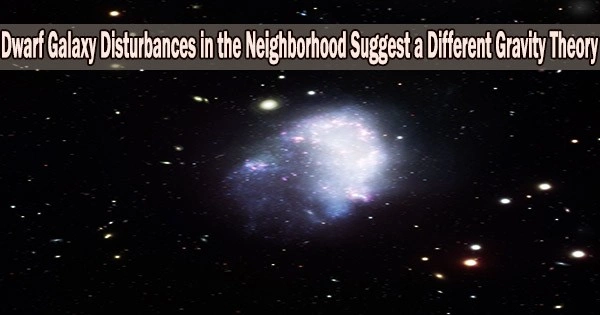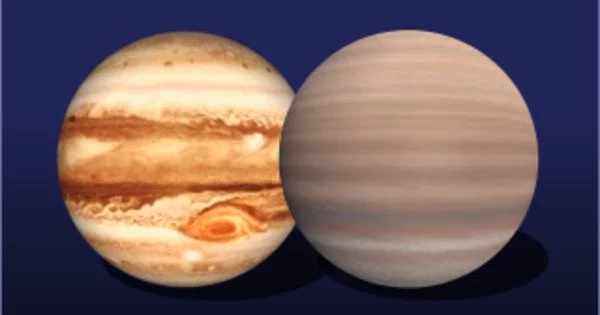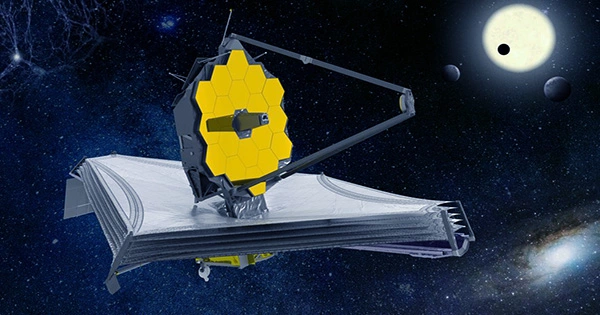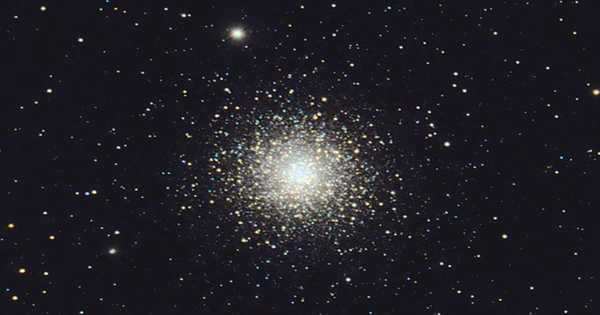The currently accepted theory of gravity is Einstein’s theory of General Relativity, which has been extensively tested and supported by a wide range of observations and experiments. While there may be some discrepancies or unexplained phenomena in the study of dwarf galaxies, it is unlikely that they would require a complete overhaul of our current understanding of gravity.
Dwarf galaxies are tiny, dim galaxies that are typically found in or close to bigger galaxies or galaxy clusters. As a result, they might be impacted by their larger friends’ gravitational impacts.
“We introduce an innovative way of testing the standard model based on how much dwarf galaxies are disturbed by gravitational ,tides’ from nearby larger galaxies,” said Elena Asencio, a PhD student at the University of Bonn and the lead author of the story.
When one body’s gravity pulls differentially on various parts of another body, tides result. These resemble the Earth’s tides, which form when the moon pushes more forcefully on the side of the planet that faces the moon.
The Fornax Cluster has a rich population of dwarf galaxies. Recent research reveals that some of these dwarfs have distorted appearances, as though the cluster environment has disturbed them.
“Such perturbations in the Fornax dwarfs are not expected according to the Standard Model,” said Pavel Kroupa, Professor at the University of Bonn and Charles University in Prague. “This is because, according to the standard model, the dark matter halos of these dwarfs should partly shield them from tides raised by the cluster.”
Based on internal characteristics and distance from the gravitationally strong cluster center, the authors calculated the expected level of disturbance of the dwarfs. Large yet low star mass galaxies and galaxies around the cluster center are more susceptible to disruption or destruction. They contrasted the outcomes with the level of disruption they had noticed in images collected by the European Southern Observatory’s VLT Survey Telescope.
“The comparison showed that, if one wants to explain the observations in the standard model” said Elena Asencio “the Fornax dwarfs should already be destroyed by gravity from the cluster center even when the tides it raises on a dwarf are sixty-four times weaker than the dwarf’s own self-gravity.”
This is not only illogical, but it also goes against the findings of earlier research, according to which the amount of external force required to perturb a dwarf galaxy is comparable to the dwarf’s own gravity.
We were not sure that the dwarf galaxies would be able to survive the extreme environment of a galaxy cluster in MOND, due to the absence of protective dark matter halos in this model; but our results show a remarkable agreement between observations and the MOND expectations for the level of disturbance of the Fornax dwarfs.
Dr. Indranil Banik
Contradiction to the standard model
The authors deduced from this that the observed morphologies of the Fornax dwarfs cannot be self-consistently explained by the mainstream paradigm. They carried out the investigation once more using Milgrom dynamics (MOND). The MOND theory suggests a correction to Newtonian dynamics via which gravity experiences an increase in the regime of low accelerations, rather than assuming dark matter halos surrounding galaxies.
“We were not sure that the dwarf galaxies would be able to survive the extreme environment of a galaxy cluster in MOND, due to the absence of protective dark matter halos in this model” admitted Dr. Indranil Banik from the University of St Andrews “but our results show a remarkable agreement between observations and the MOND expectations for the level of disturbance of the Fornax dwarfs.”
“It is exciting to see that the data we obtained with the VLT survey telescope allowed such a thorough test of cosmological models,” said Aku Venhola from the University of Oulu (Finland) and Steffen Mieske from the European Southern Observatory, co-authors of the study.
This is not the first time a study investigating the impact of dark matter on the dynamics and evolution of galaxies came to the conclusion that observations are best explained when dark matter is not present in the vicinity of the galaxies.
“The number of publications showing incompatibilities between observations and the dark matter paradigm just keeps increasing every year. It is time to start investing more resources into more promising theories,” said Pavel Kroupa, member of the Transdisciplinary Research Areas “Modelling” and “Matter” at the University of Bonn.
Dr. Hongsheng Zhao from the University of St Andrews added: “Our results have major implications for fundamental physics. We expect to find more disturbed dwarfs in other clusters, a prediction which other teams should verify.”
Participating institutions and funding:
In addition to the University of Bonn, the study involved the University of Saint Andrews (Scotland), the European Southern Observatory (ESO), the University of Oulu (Finland), and Charles University in Prague (Czech Republic). The study was supported by the University of Bonn, the UK Science and Technology Facilities Council and the German Academic Exchange Service.
















